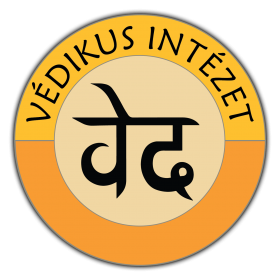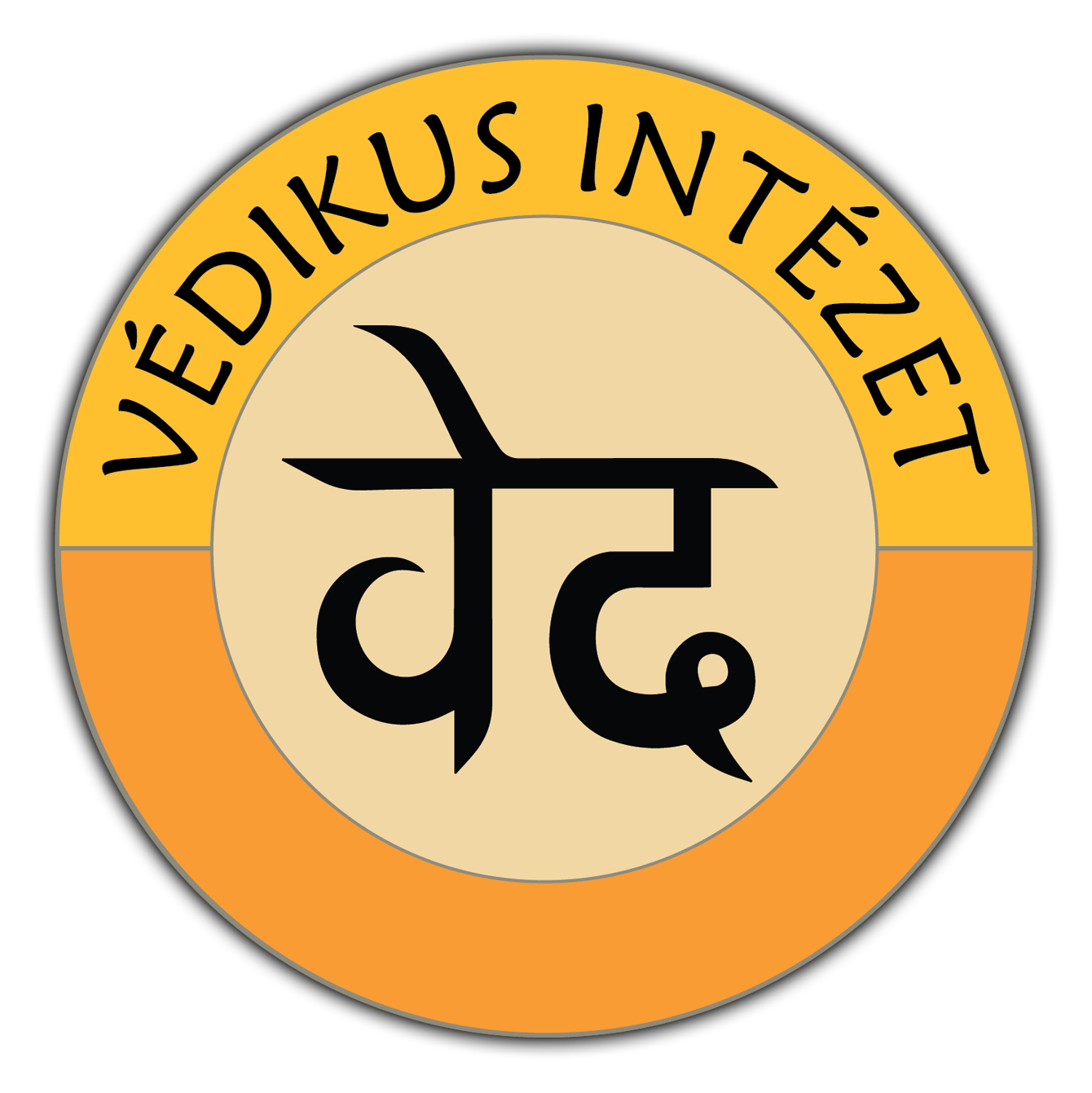THEMATICS
Note: if justifiable, the course leader reserves the right to divert from the thematics provided here.
Basic Vedic, Indian astrology course (129 hours):
- Foundation of Vedic astrology’s (Jatika) philosophy (1 hour)
• The level of law
• The level of knowledge
• Summary of the basics - Differences between Vedic and Mesopothamian astrology (2 hours)
• Applying the helio- and geocentric views
• Planets used in astrology
• Principles unchanged for millennia
• The 27 fixed stars (Moon houses, sub-houses) in Vedic astrology
• Forecasting and timing events
• Summary - The setup of the Vedic map (rasi) and the personality model (6 hours)
• Astronomy basics
• The setup of the South-Indian model; the ascendant (Lagna)
• The Wilber ladder
• Our incarnations
• Vedic personality model
• Comparing the map with the model - The elements and qualities of the zodiac signs (10 hours)
• Qualities
• Description of the 12 star signs - Ascendant in the zodiac (10 hours)
• The effect of the 12 zodiac signs on the ascendant
• Summarizing the zodiac signs and the ascendant - Planetary effects (12 hours)
• The effect of the 7 inner planets
• The effect of the Moon’s nodes
• The effect of the 3 outer planets
• Summarizing the planets - Planetary relationships (20 hours)
• Planets’ strength (in dignity, in fall, in young or old age)
• Planets’ interplay (friend, neutral, enemy)
• Planets’ aspects
• Fundamental yogas (planetary combinations)
• Summarizing planetary interrelationships - Houses and padas (30 hours)
• House types, systems, and their attributes
• Indicating houses and padas on the map
• Houses and their rulers
• House rulers in other houses
• Summarizing the houses, their rulers, and the padas - Moon houses (12 hours)
• Basic properties of the 27 sub-houses
• Summarizing the foundations of Moon houses - Introduction to chart analysis (12 hours)
• The position and effect of the ascendant
• Inner planets’ placement in the signs and houses
• Position of the Moon’s nodes
• The impact of outer planets
• Summarizing the basics of chart analysis - Summarizing the basics of Vedic astrology (9 hours)
• Preparing for written exam
• Preparing for both the written and oral exams - Written and oral exams and their evaluation (5 hours)
Advanced Vedic astrology course (129 hours):
- Detailed presentation of the Moon houses (27 hours)
• The effect of bondages (sattva, rajas and tamas)
• 4 levels of beings (kama, artha, dharma, moksha)
• Life qualities we are born with and their effect on personality development (deva, manushya, rakshasa)
• Summarizing the Moon houses - Transient planetary effects (6 hours)
• Transit map
• The relationship between the transiting planets (map) and the natal chart
• Chart analyses taking into account the transits
• Summarizing the effects of transits - Sub-charts (9 hours)
• The names and effects of sub-charts
• The relationship between the main and sub-maps
• Merged analysis of the main and sub-charts based on given life territories (e.g. relationships, health, future)
• Summarizing the effects of sub-charts - Compatibility (synastry) analysis (15 hours)
• The theory of synastry
• Relationship analysis
• Expanding relationship analysis to family members, friends, business partners, etc
• Summarizing compatibility - The best-known yogas and their effects (9 hours)
• Presenting yogas and their effects
• Using yogas in practice
• Summarizing yogas - Vimshottari dasha (life clock) (18 hours)
• The effect of the life clock on the native
• Divisions of the life clock (period, sub-period, sub-sub-period, etc)
• Mahadasha periods and antardasha sub-periods for every planet
• Applying the life clock on the native
• Summarizing the life clock - Moon- and other planet-based ascendant, and the annual horoscope (6 hours)
• The reason for introducing the Moon-based ascendant
• Examining charts using the Moon-based ascendant
• Other planet-based ascendants and the reason for introducing them
• Examining charts using other planet-based ascendant
• Annual horoscope (varshphal) and its application - Muhurtha or selecting the most auspicious time (15 hours)
• Introducing muhurtha
• Practical examples for using muhurtha
• Summarizing muhurtha - Summarizing the material of the advanced course; repetition (6 hours)
- Preparing for an independent exercise: preparing a native’s horoscope (4 hours)
- Preparation for the written and oral exams (8 hours)
- Written and oral exams; evaluation of the exams and the independent exercise (6 hours)
ACourse for astrologer candidates (72 hours):
- Repeating the basic and advanced course material (3 hours)
- Adjusting and specifying the ascendant in case the native’s hour or minute of birth is uncertain
- Presenting and practicing the classical (branching) Vedic analysis method
• Introducing the method
• Rehearsing the method
• Summarizing the branching method - Presenting and practicing the organizer method of Vedic astrology
• Introducing the method
• Rehearsing the method
• Summarizing the organizer method - Presenting and practicing the query method of Vedic astrology
• Introducing the method
• Rehearsing the method
• Summarizing the query method - Astrology ethics
• Ethical questions of chart analysis
• What should the astrologer do? - Communication with the native
- Summarizing the material of the Basic, Advanced and Astrologer Candidates’ courses
- Questions & Answers on writing the thesis
- Preparing for the written and oral exams
- Written and oral exams
- Evaluating the written and oral exams, as well as the theses


 Magyar
Magyar